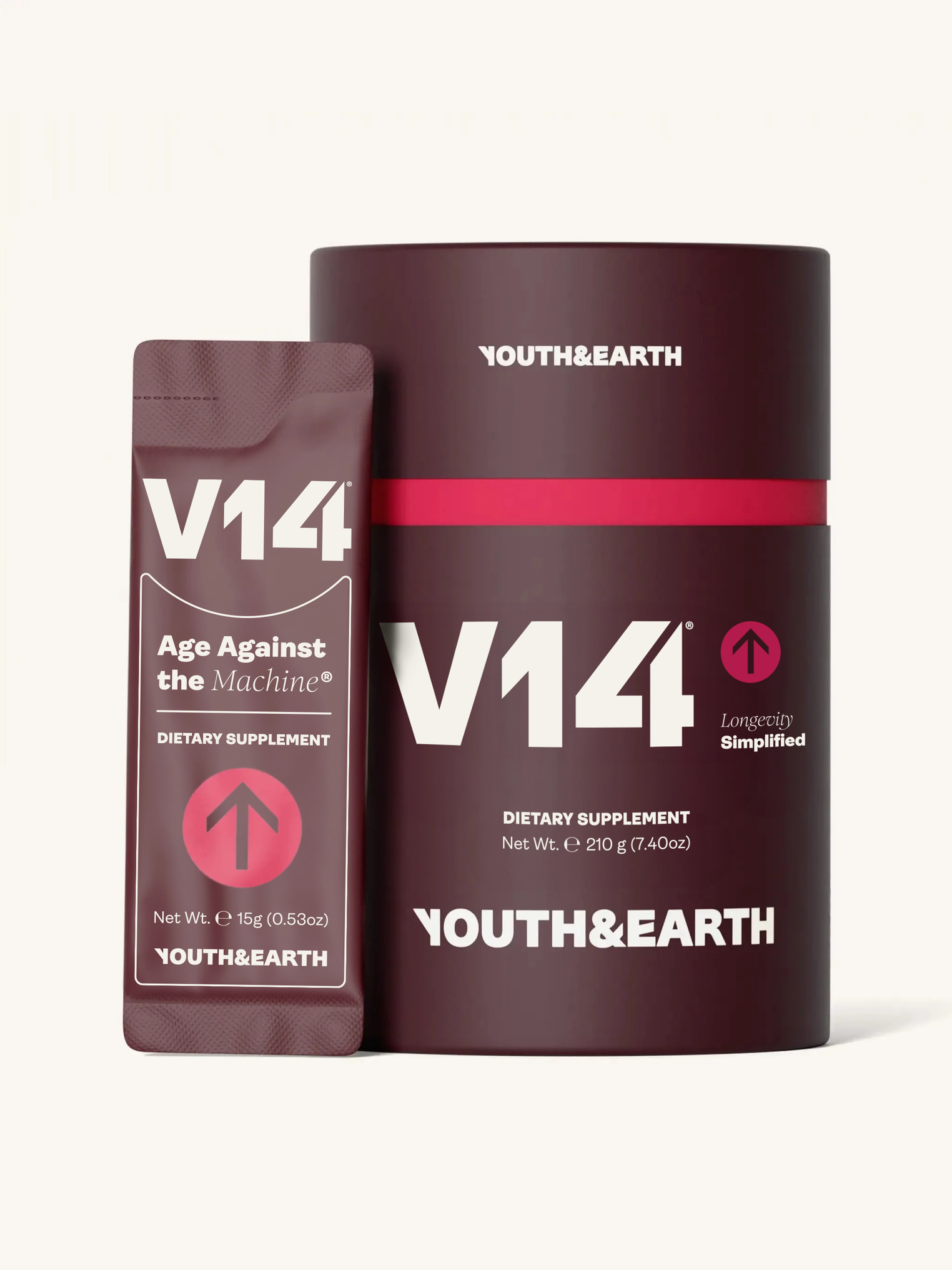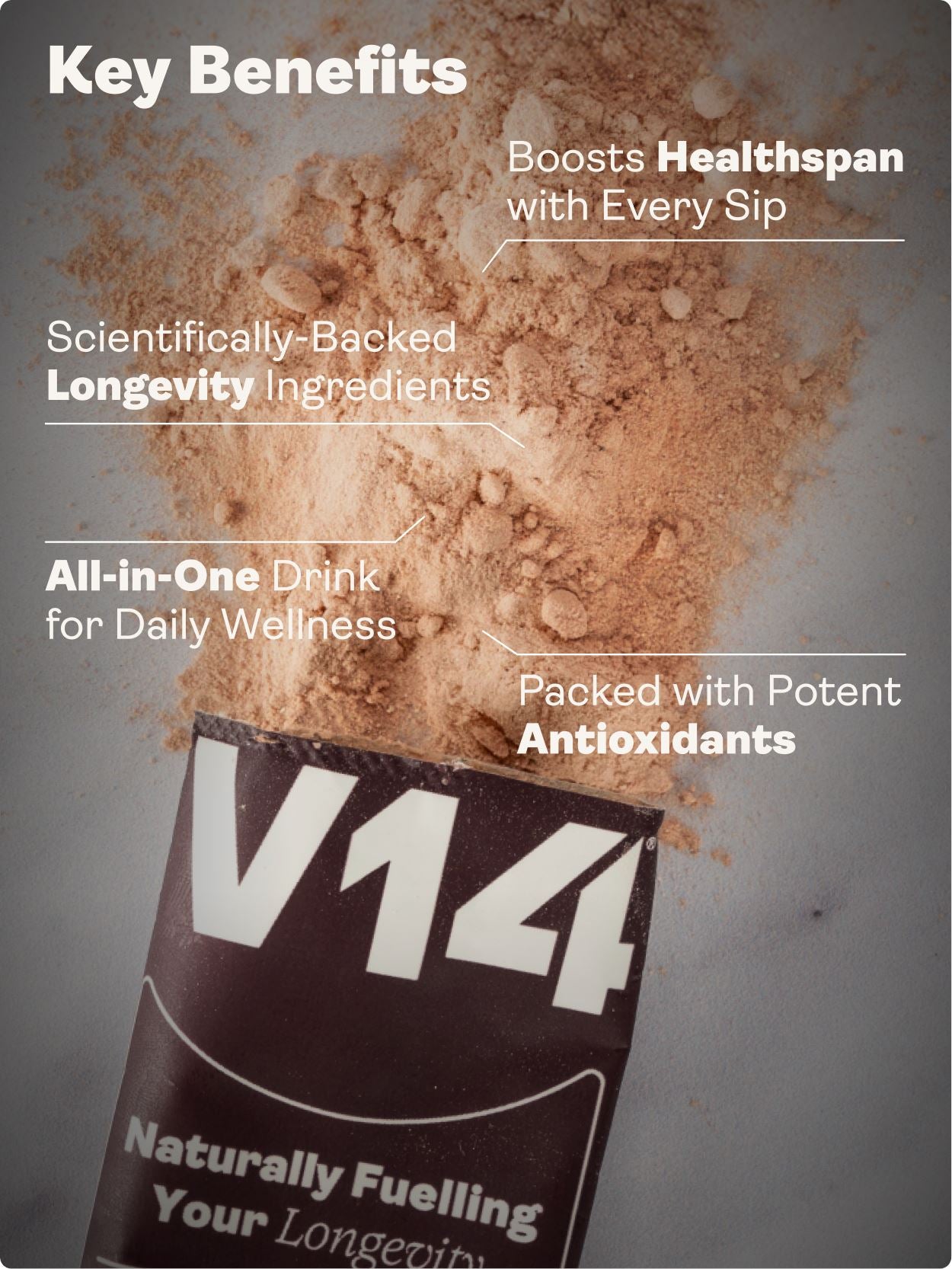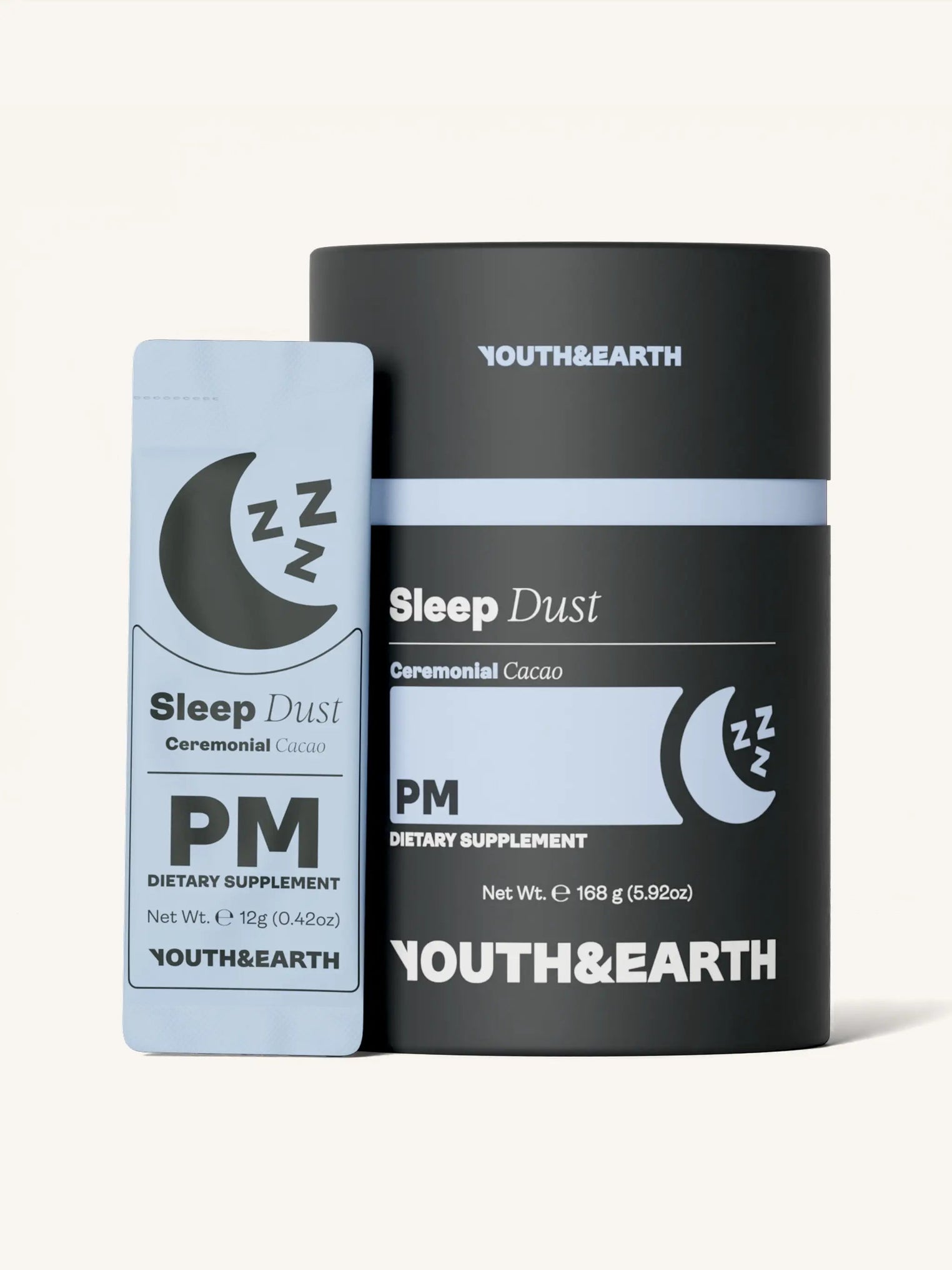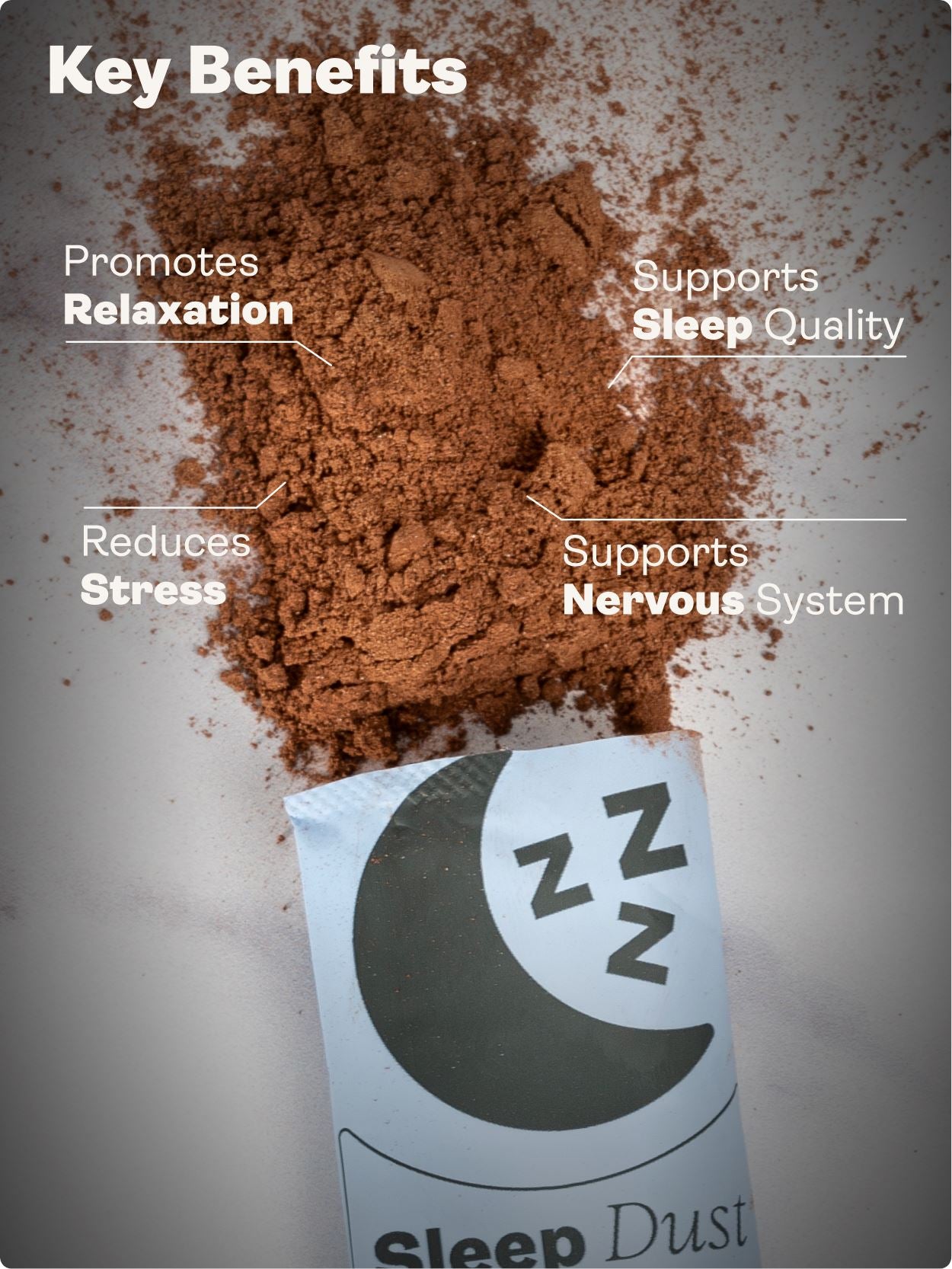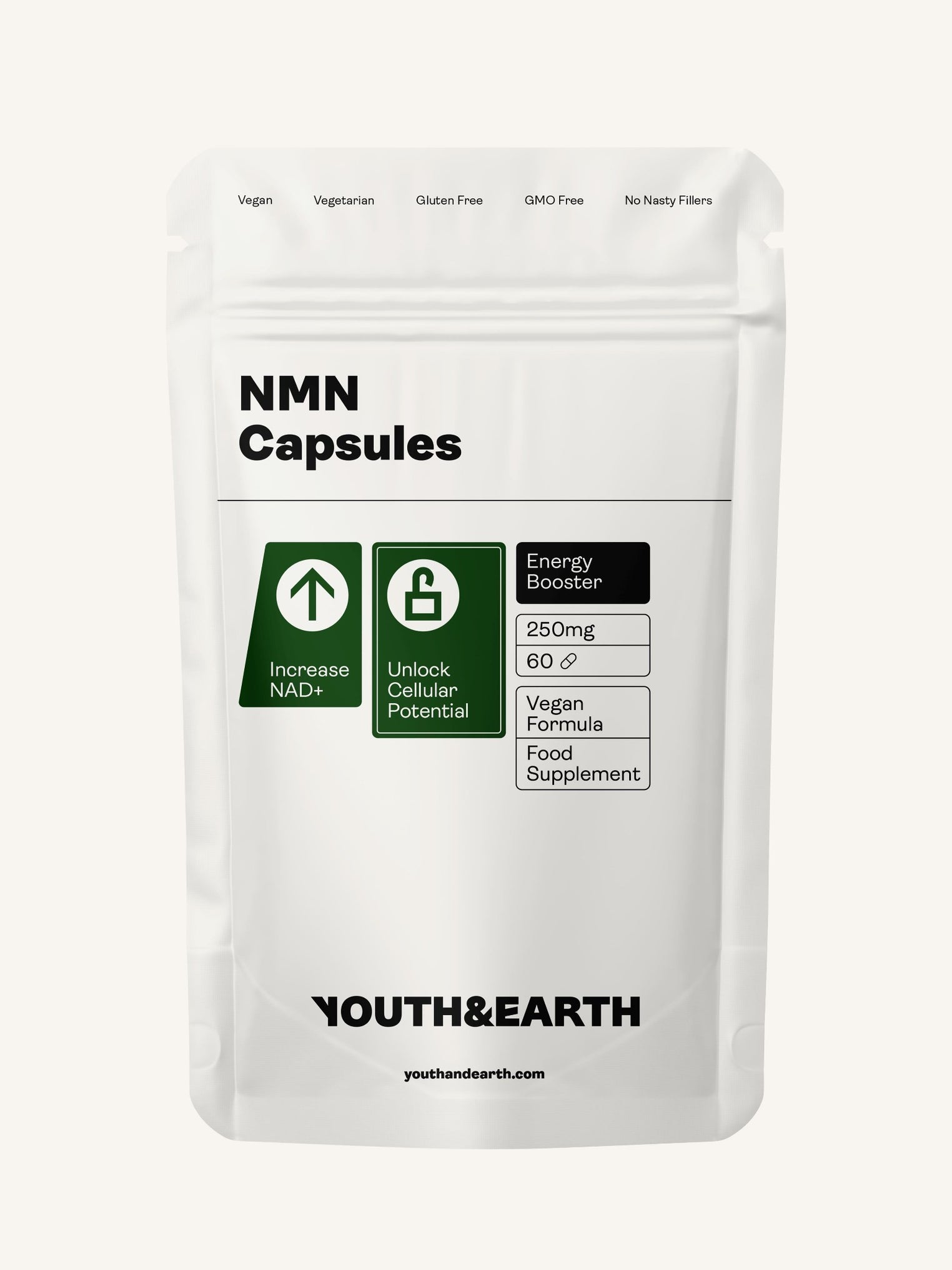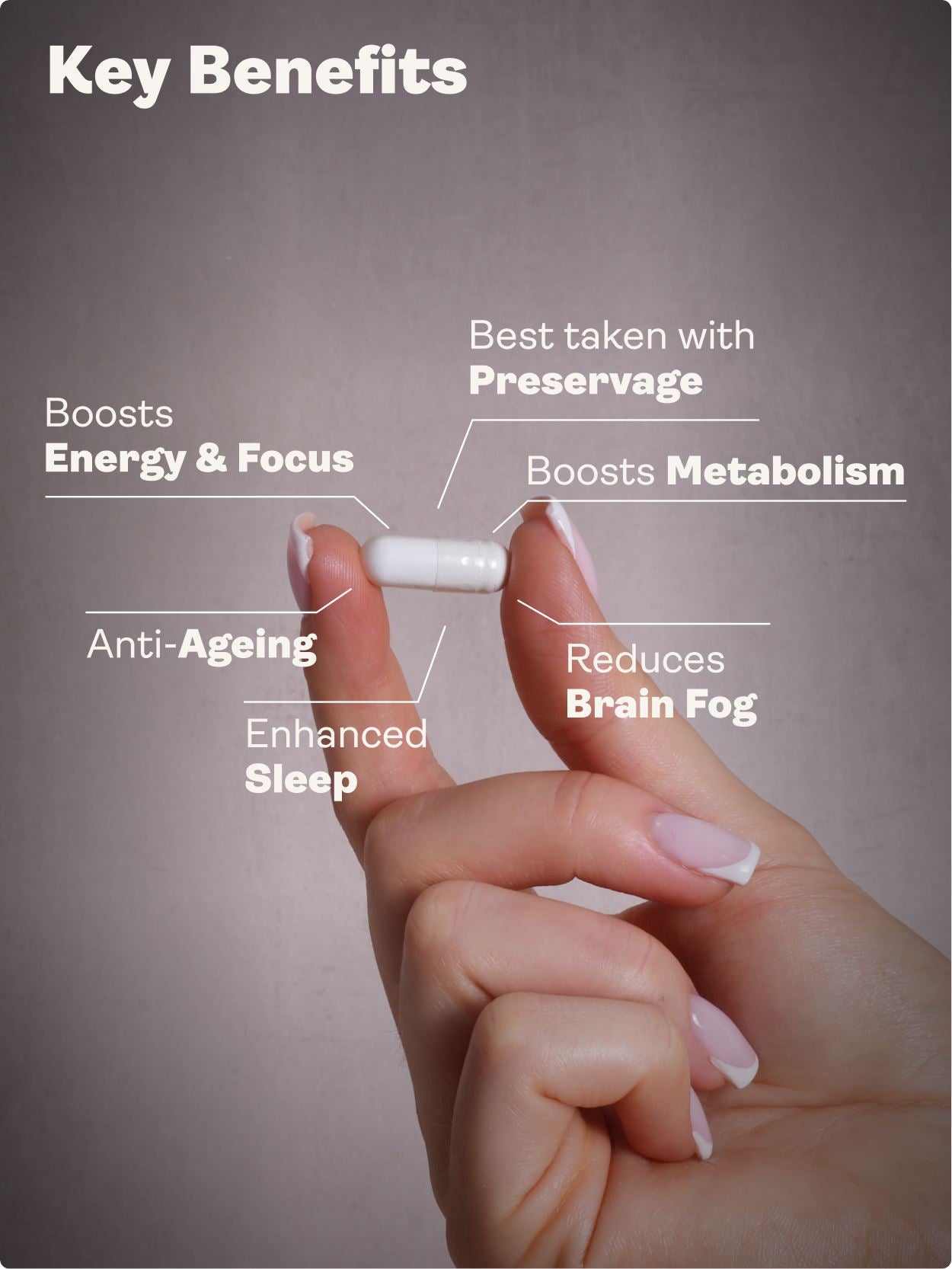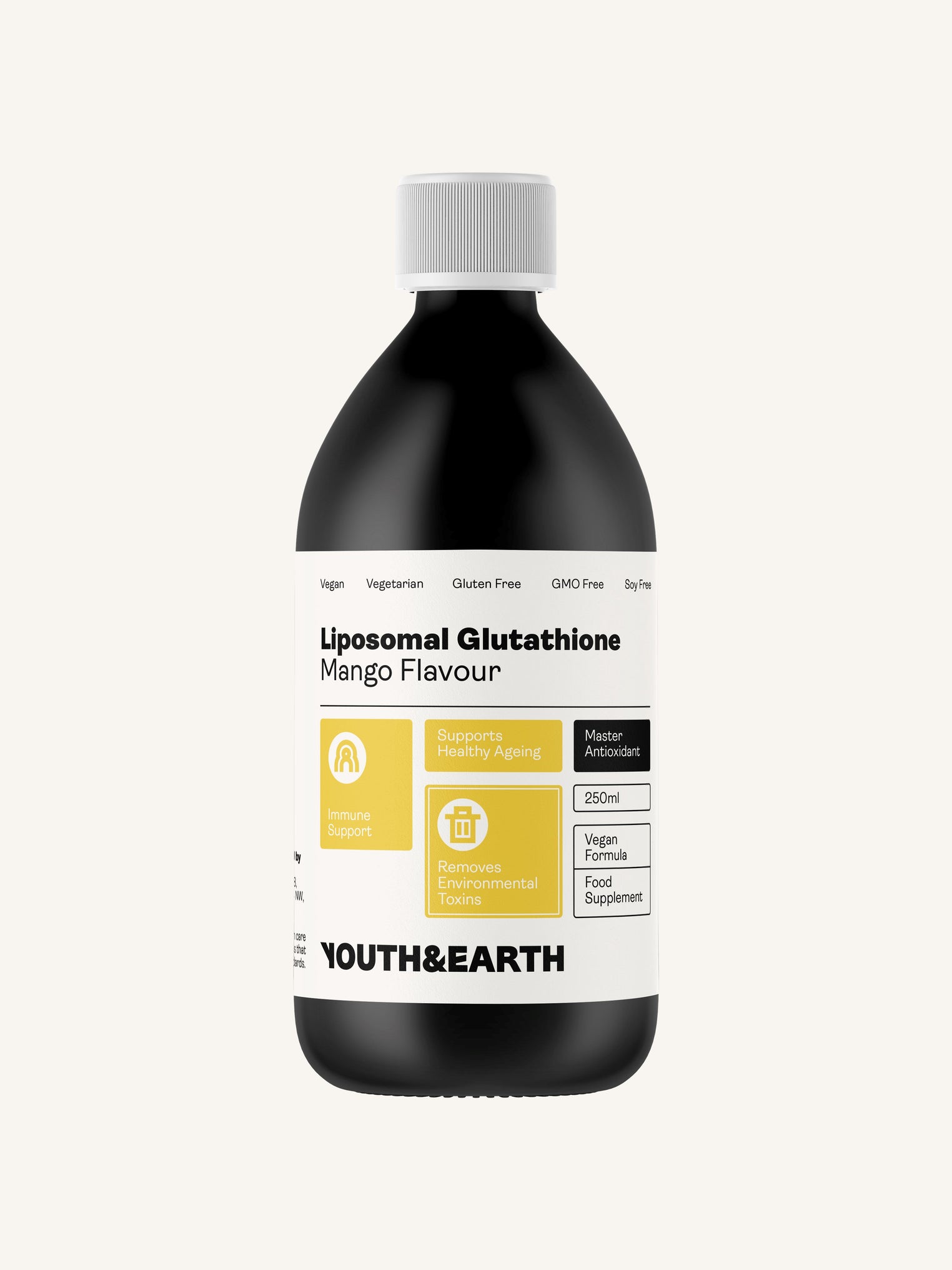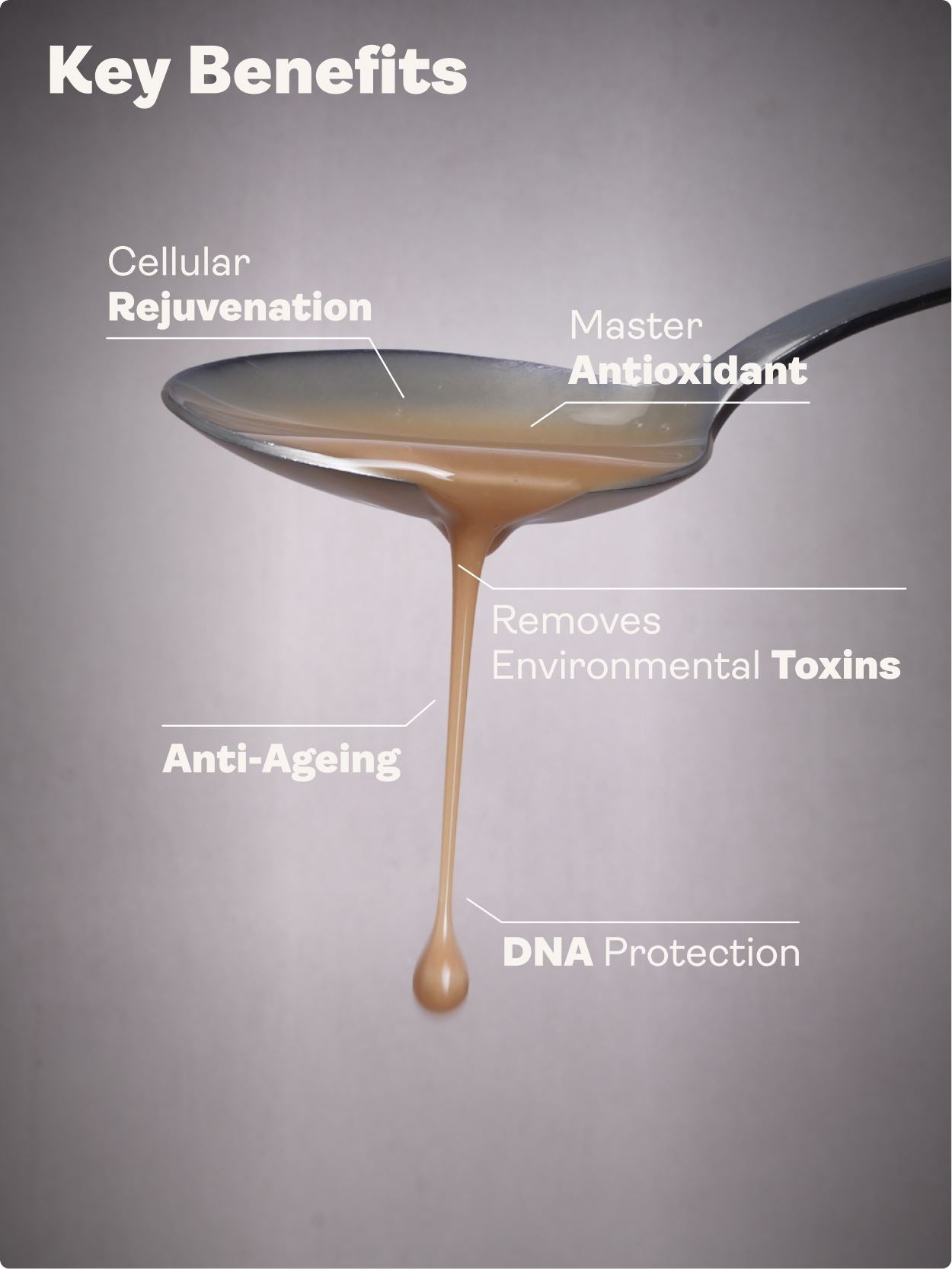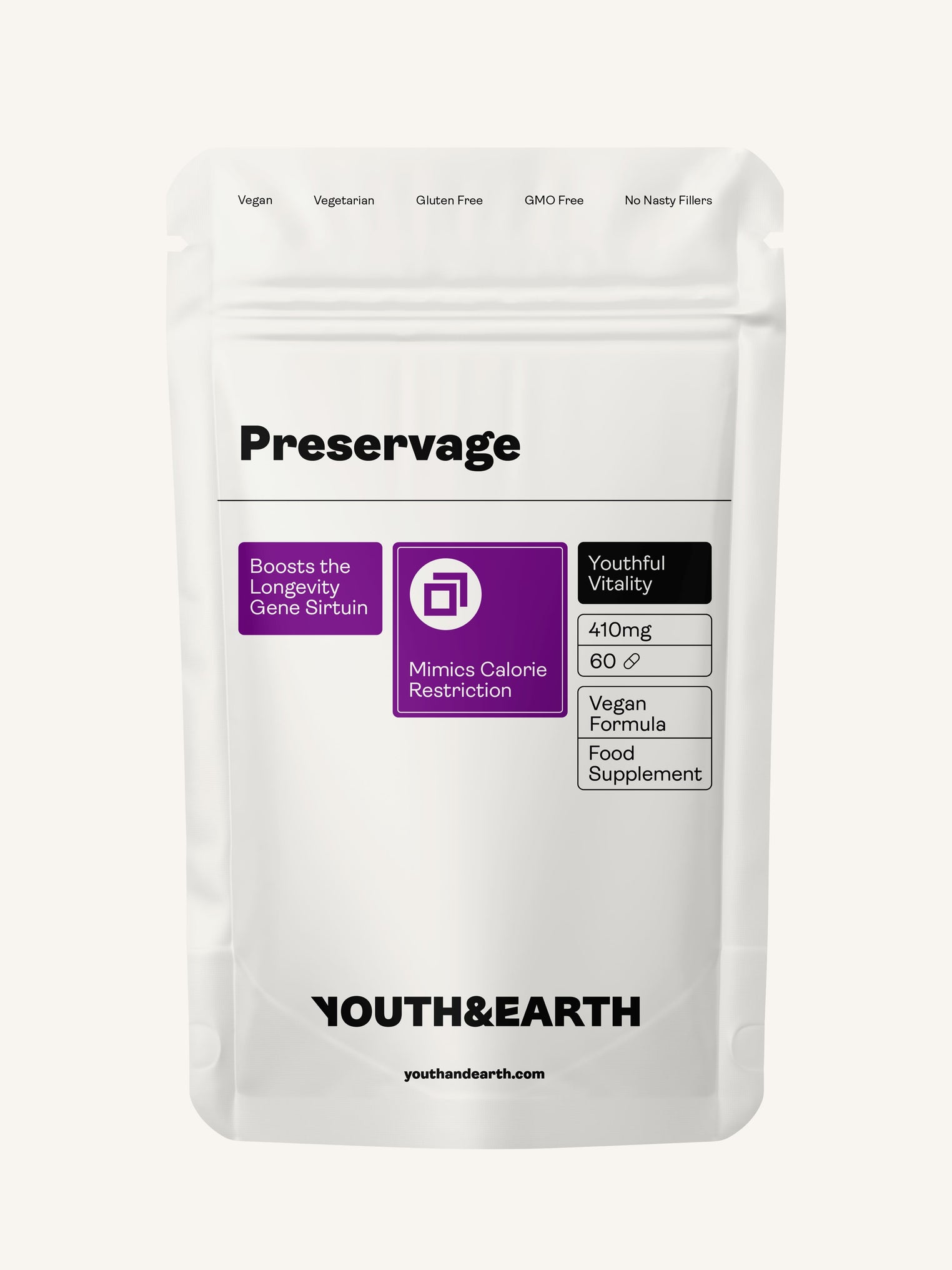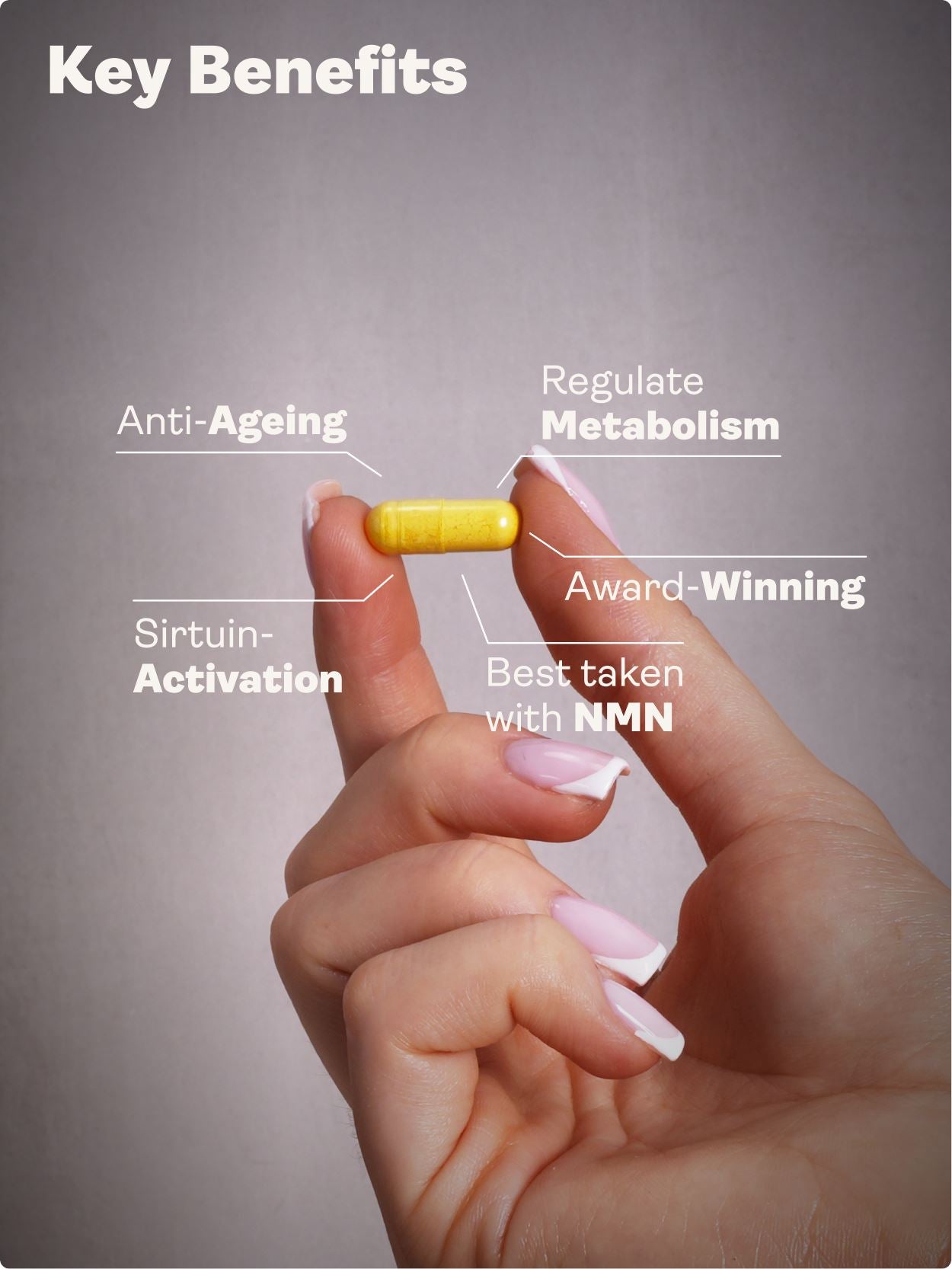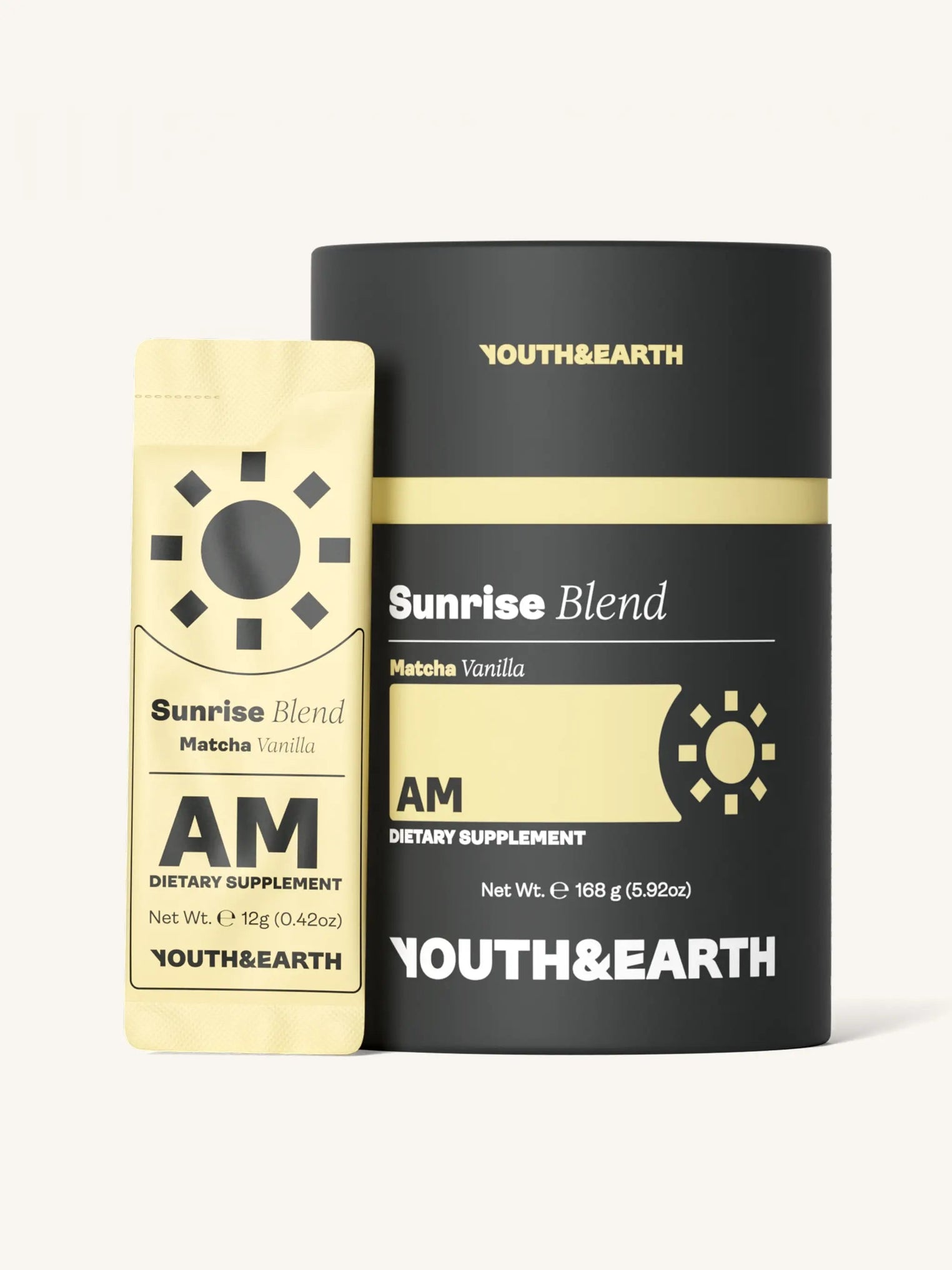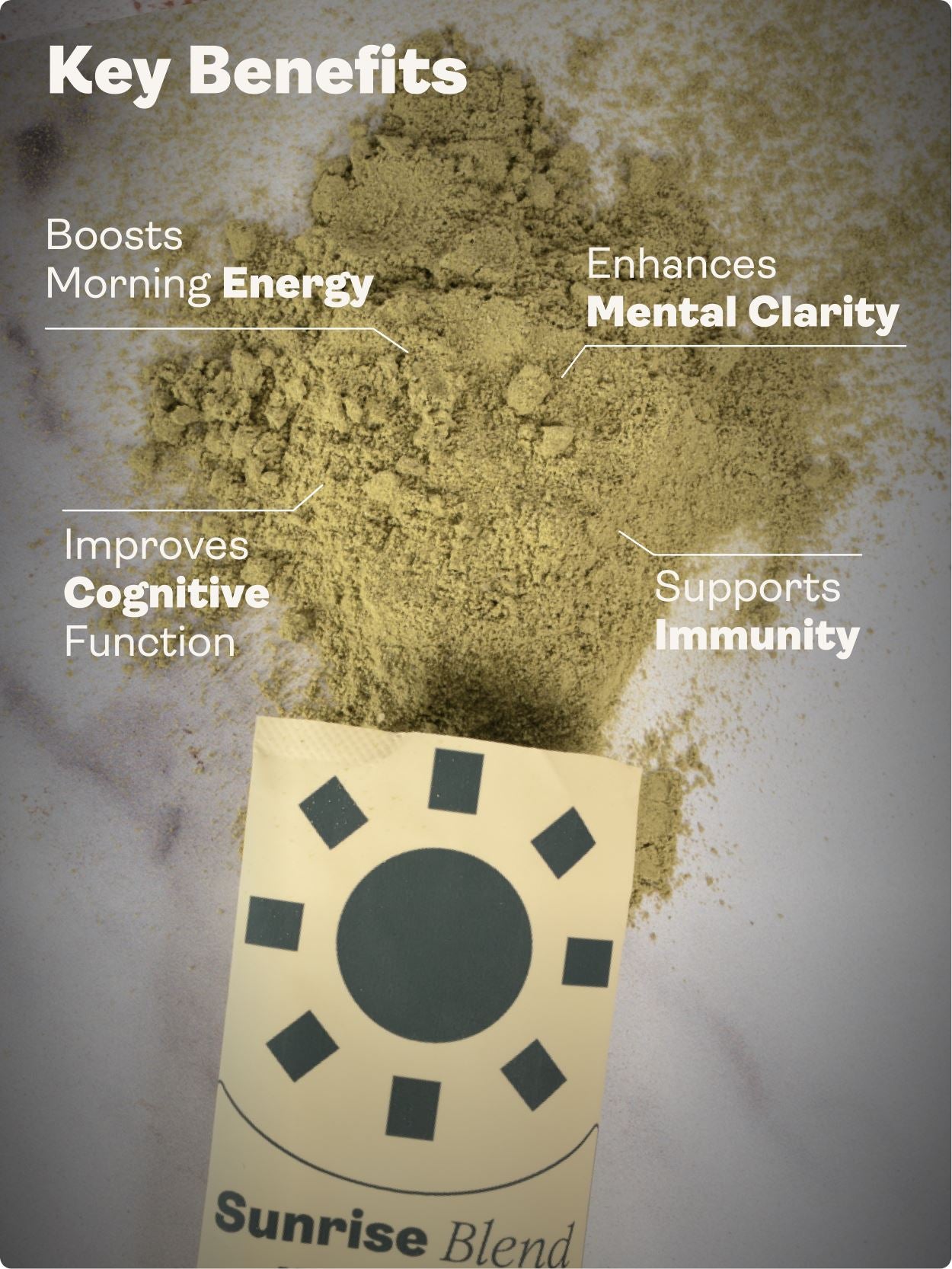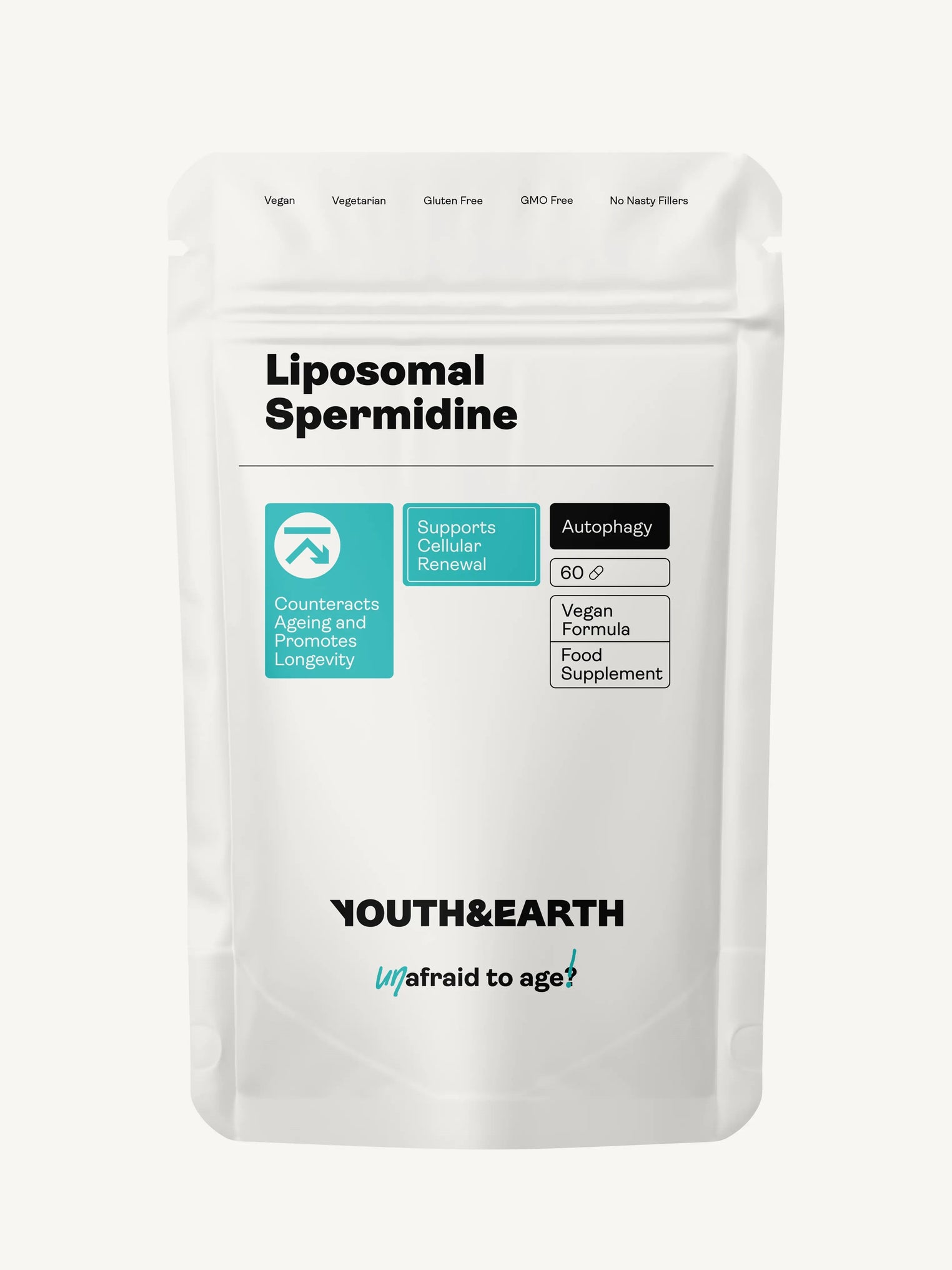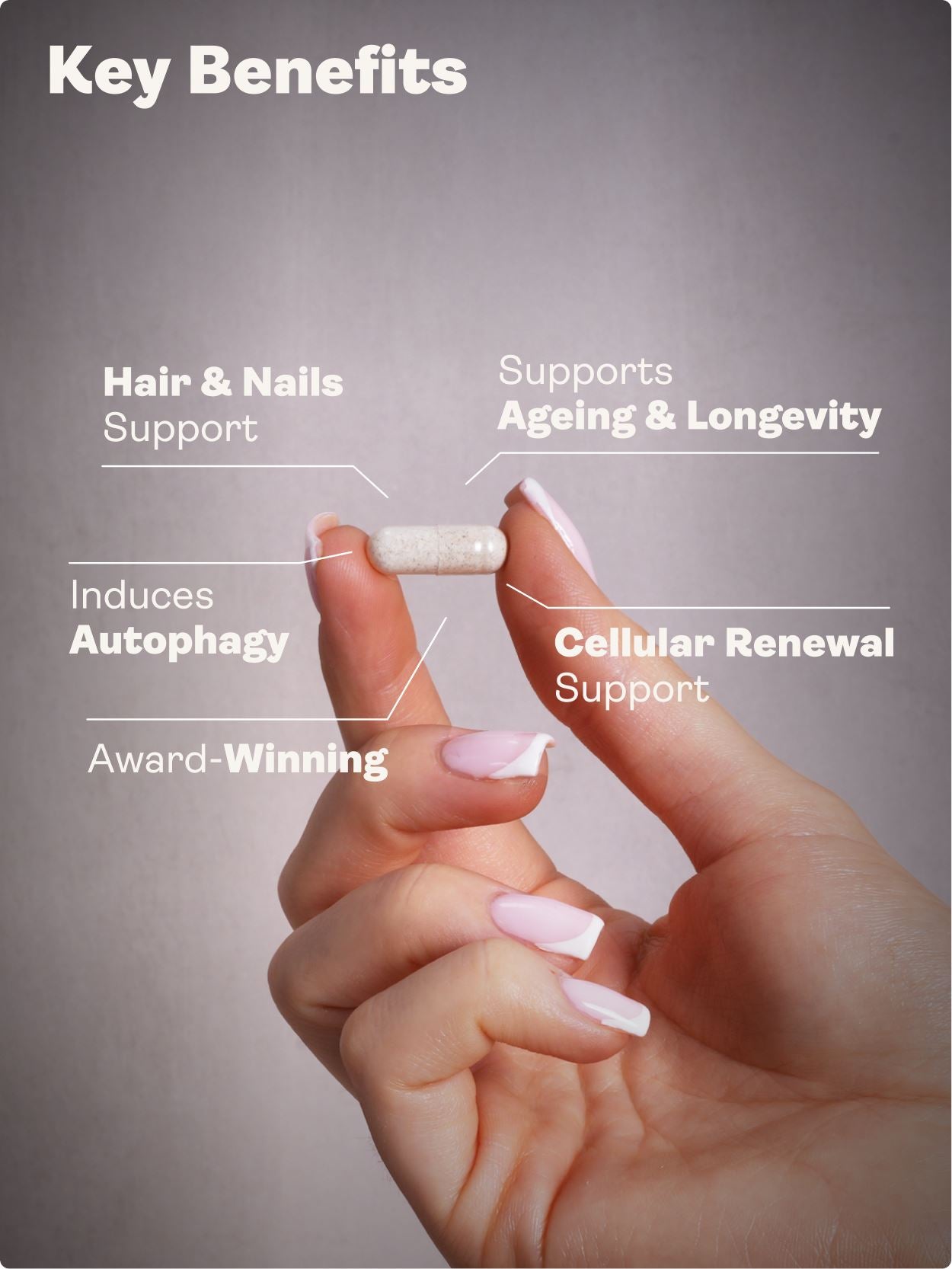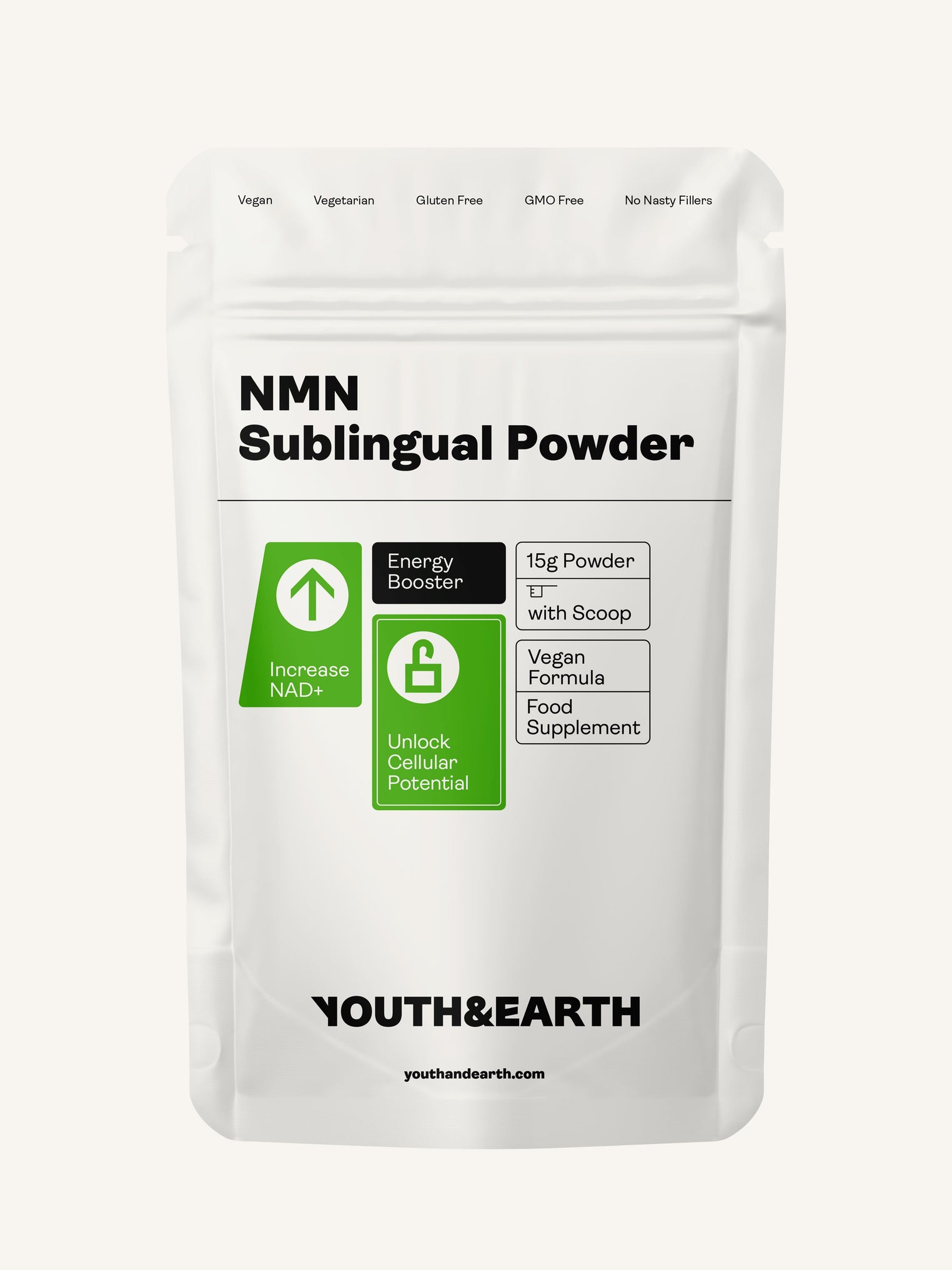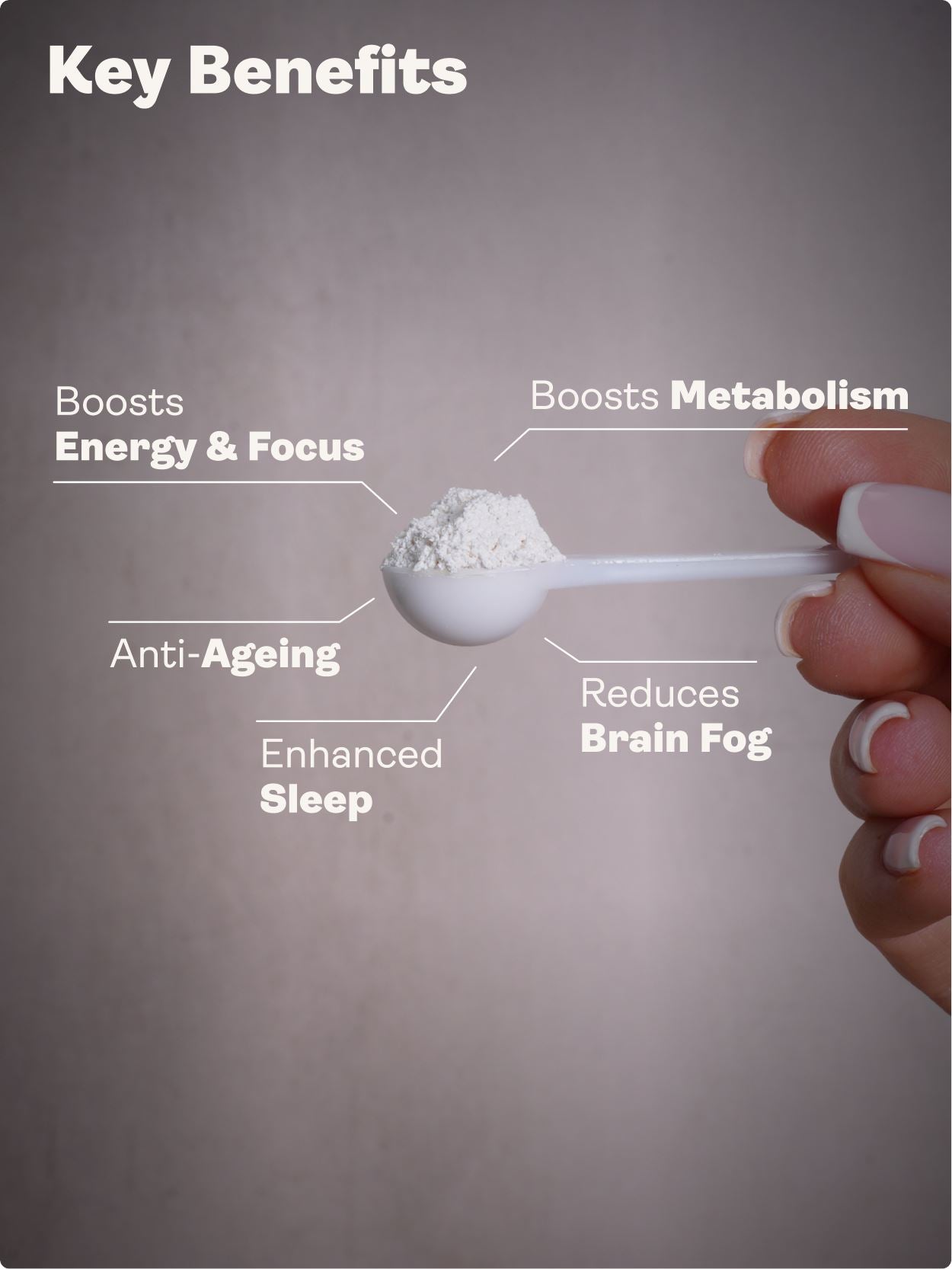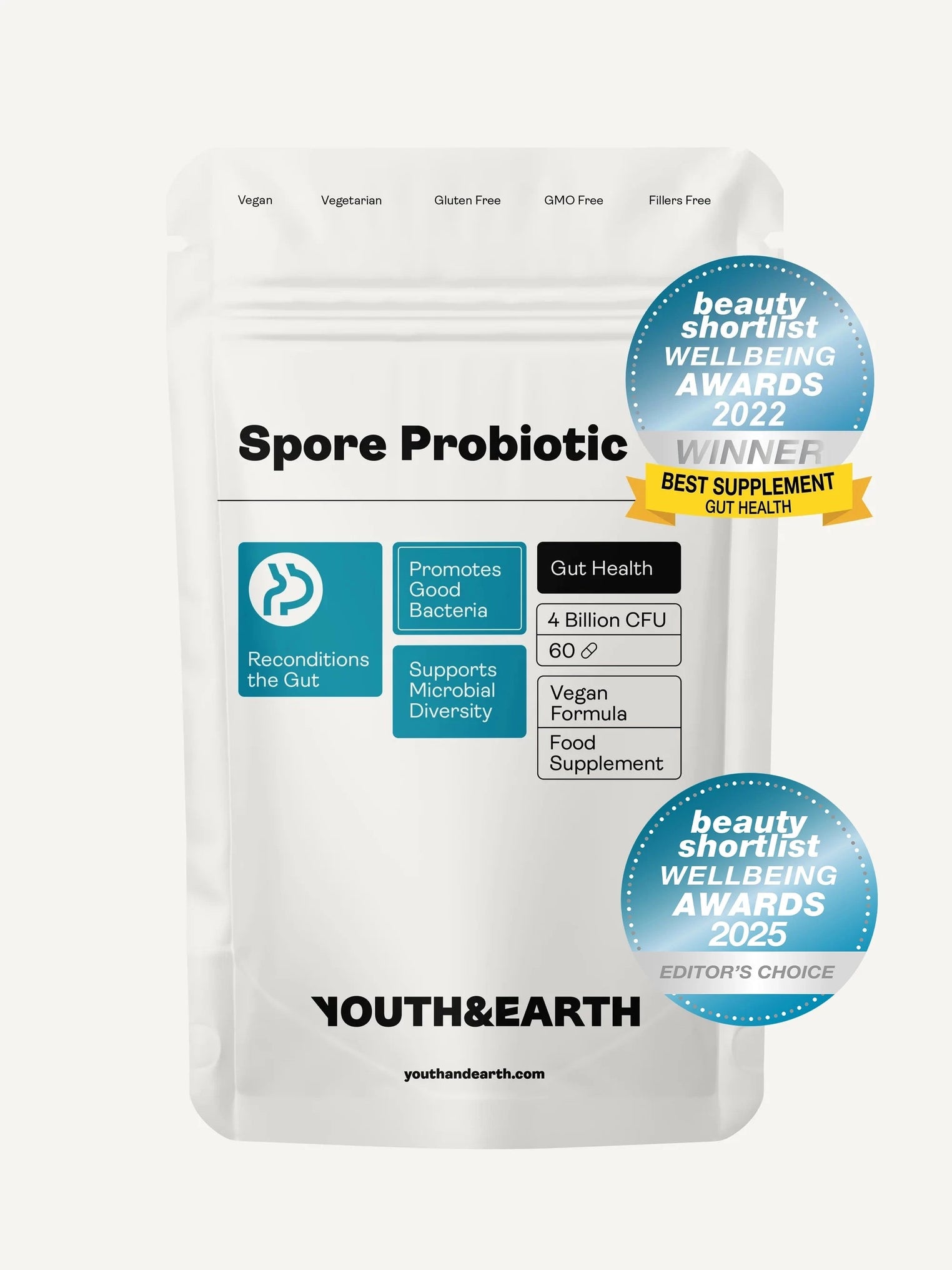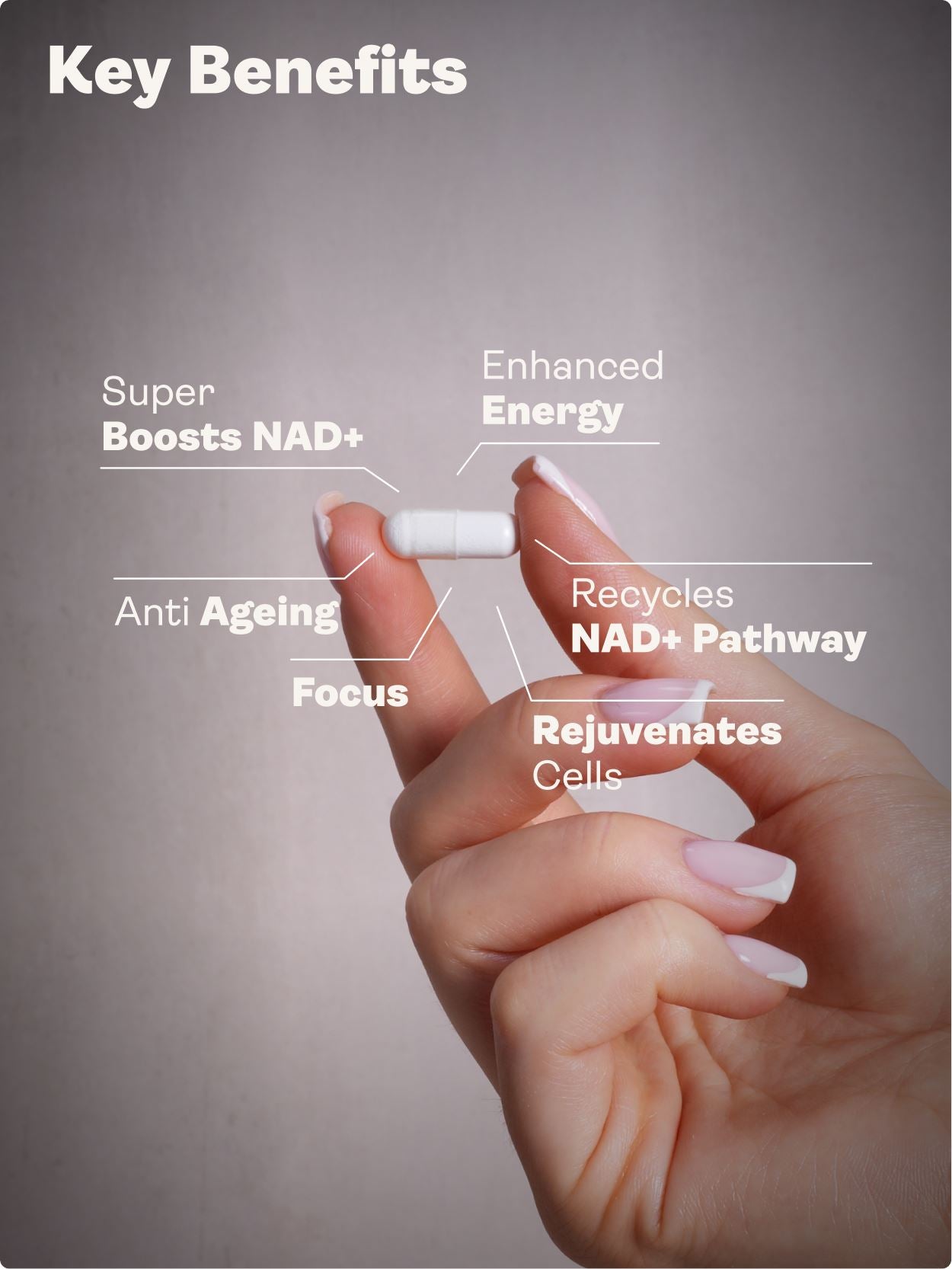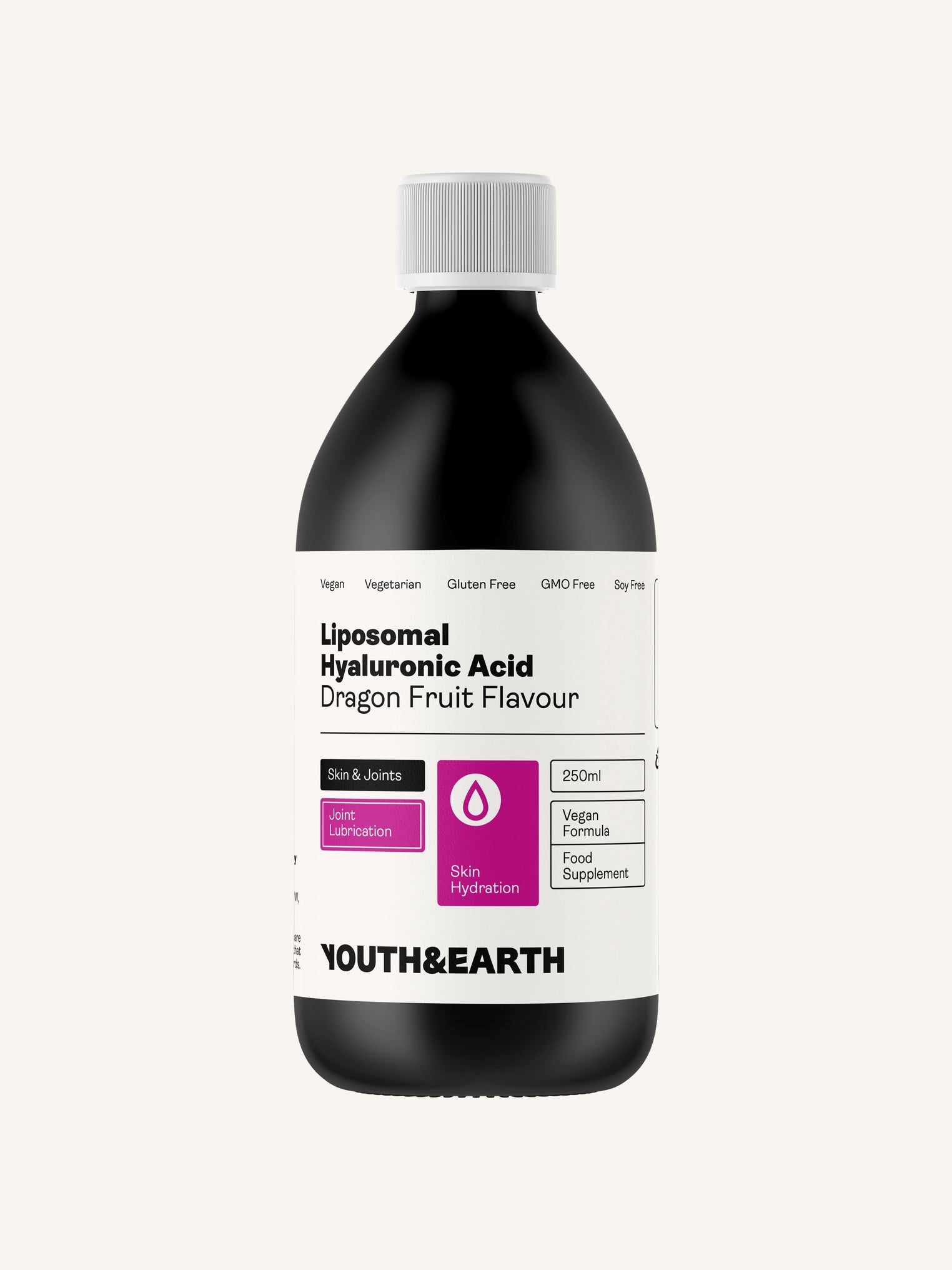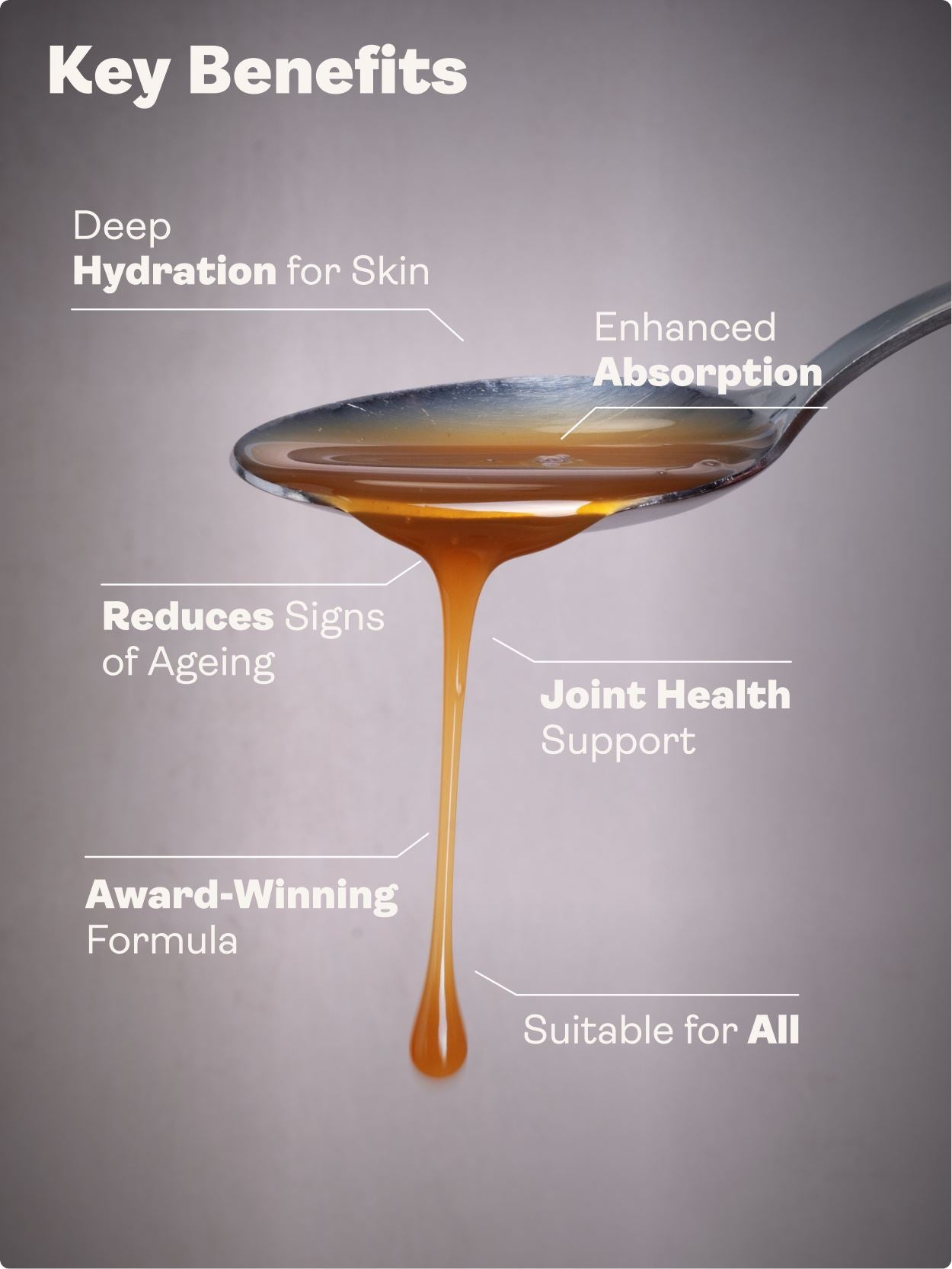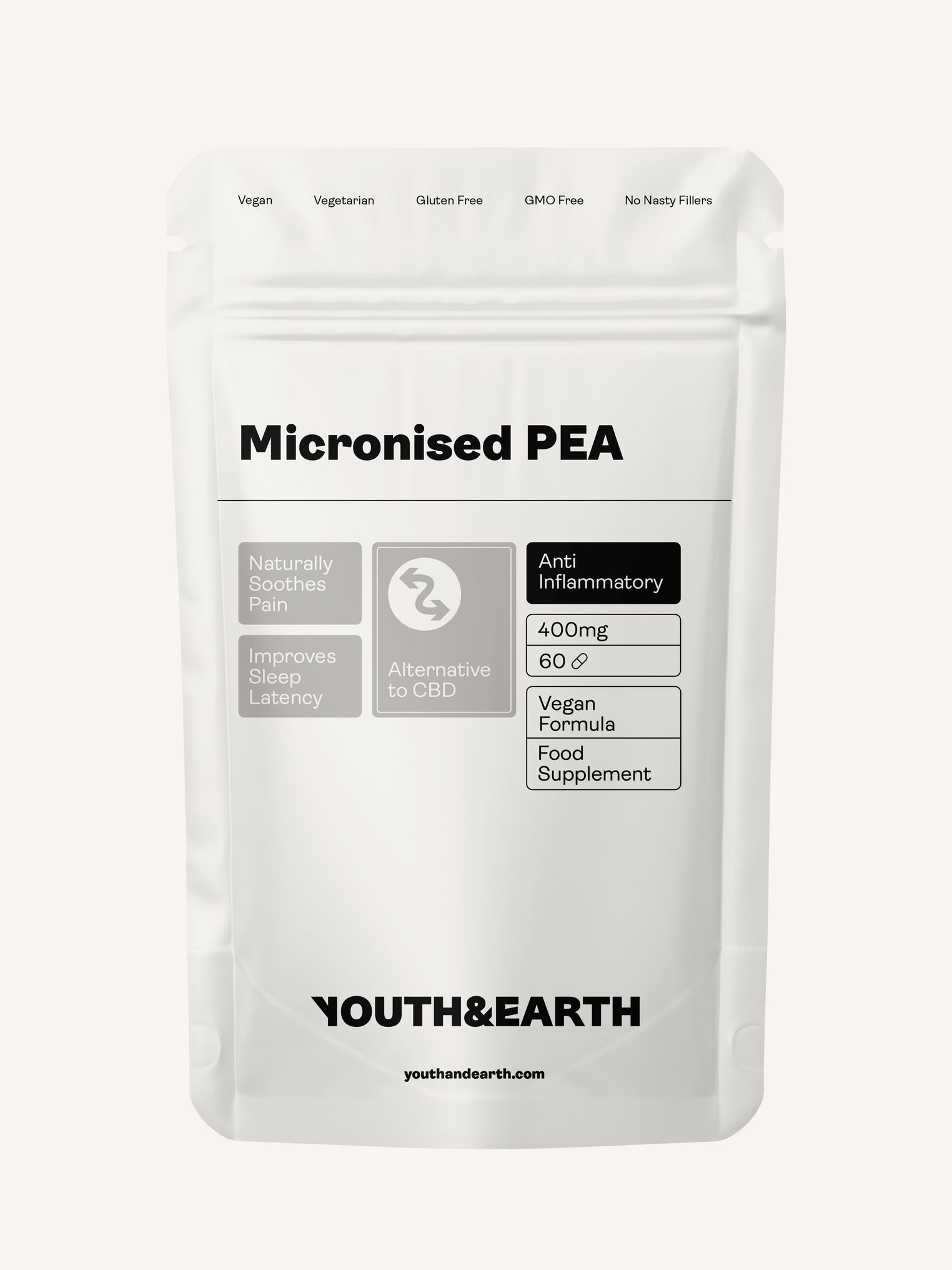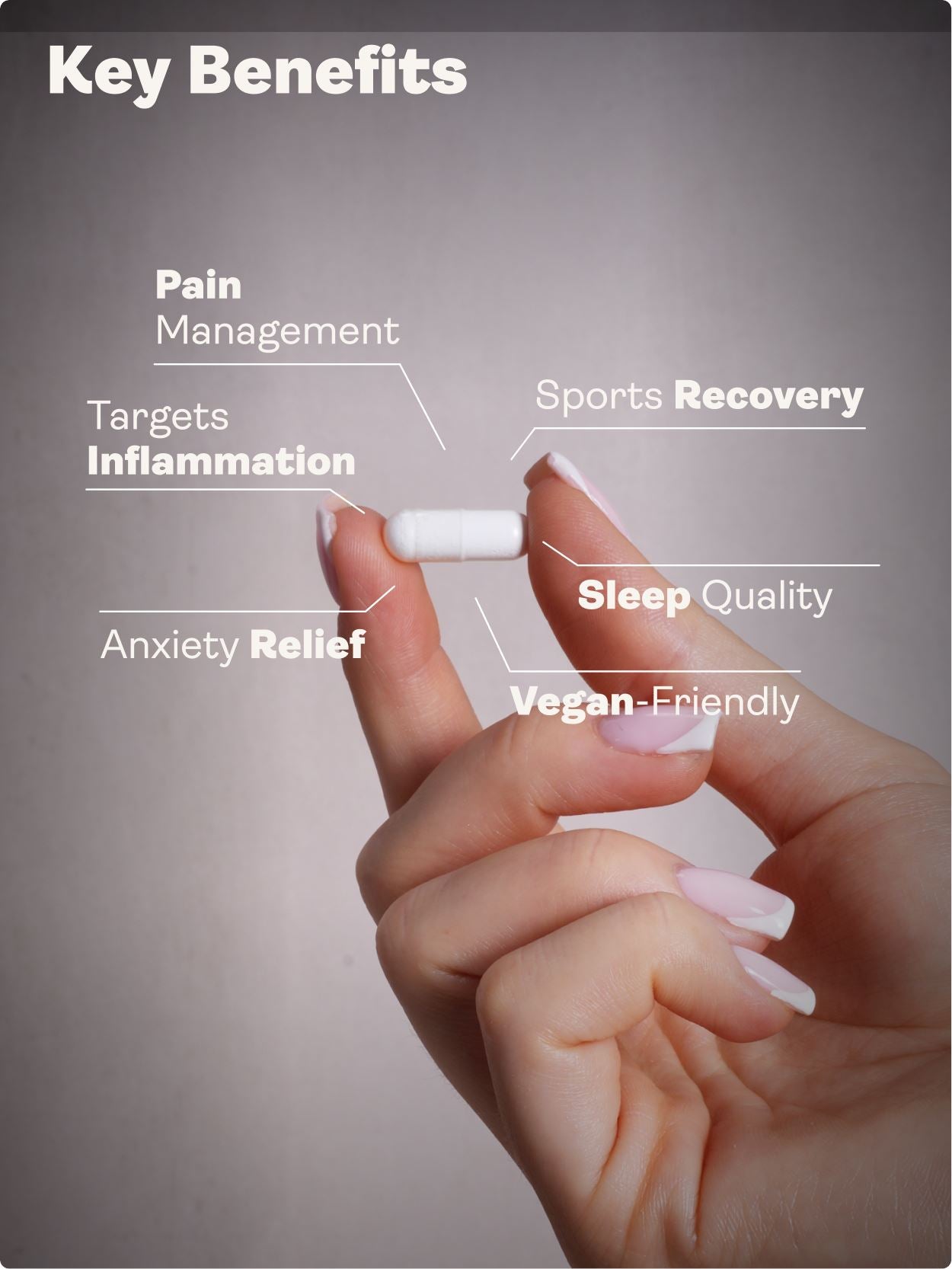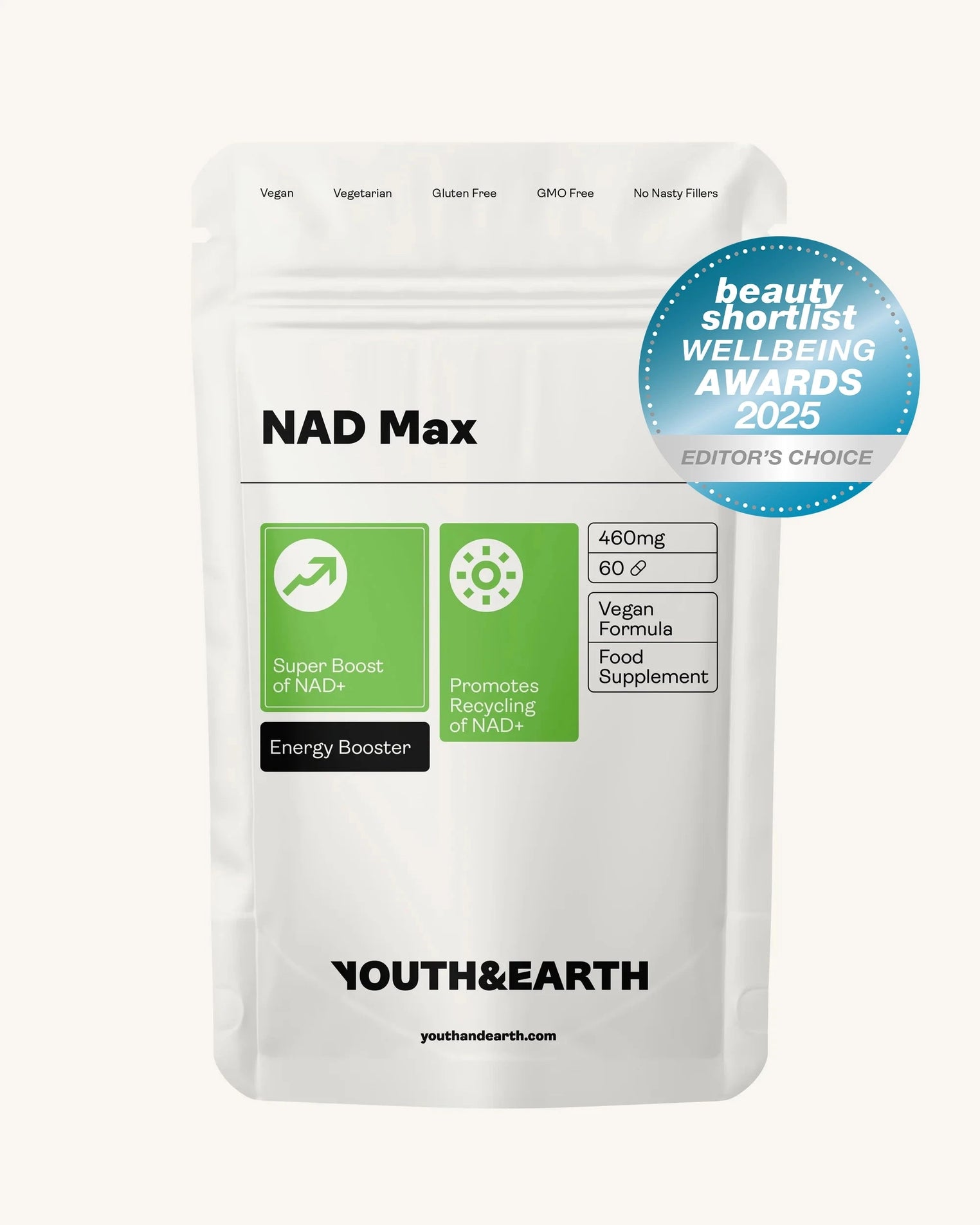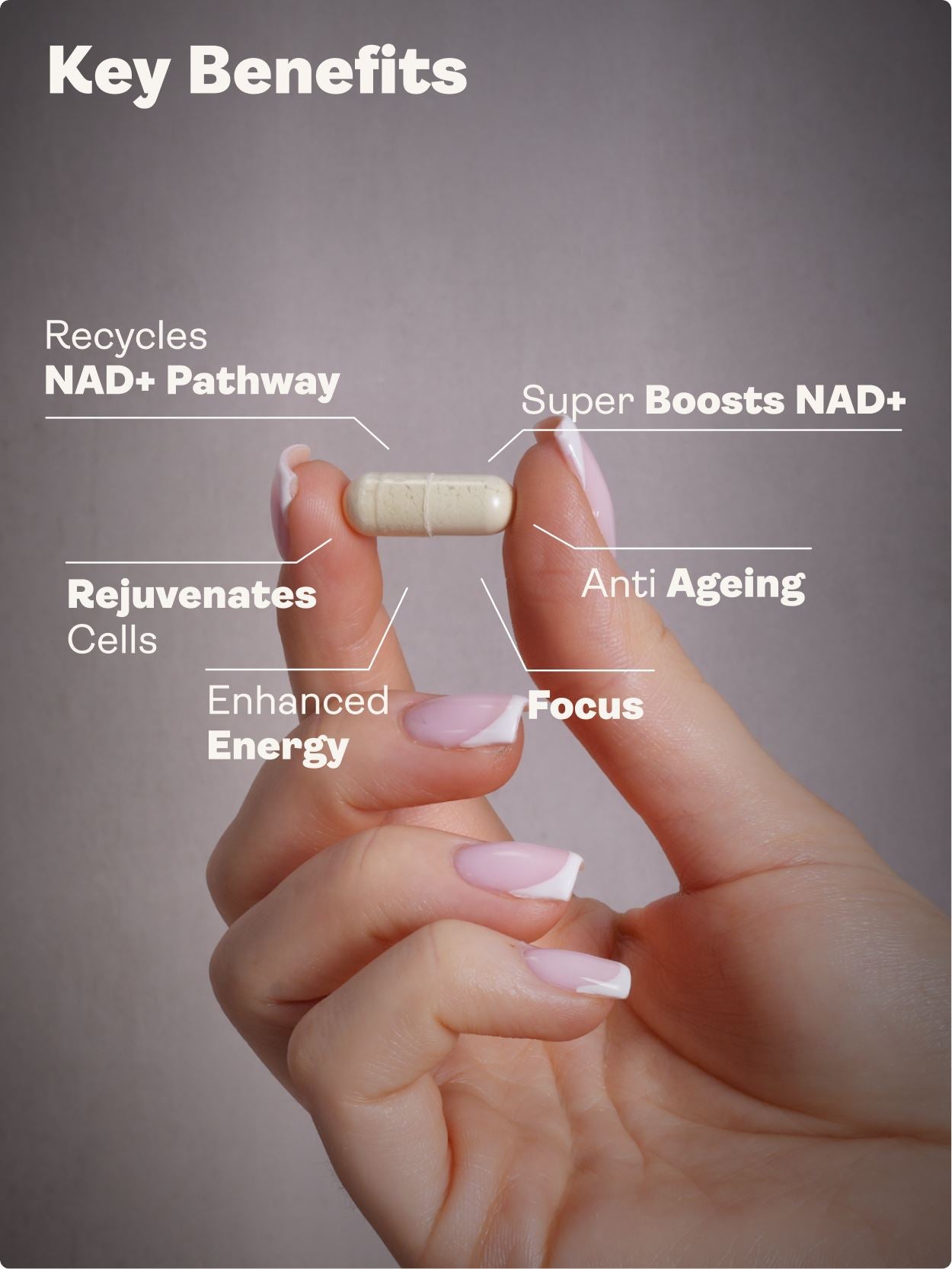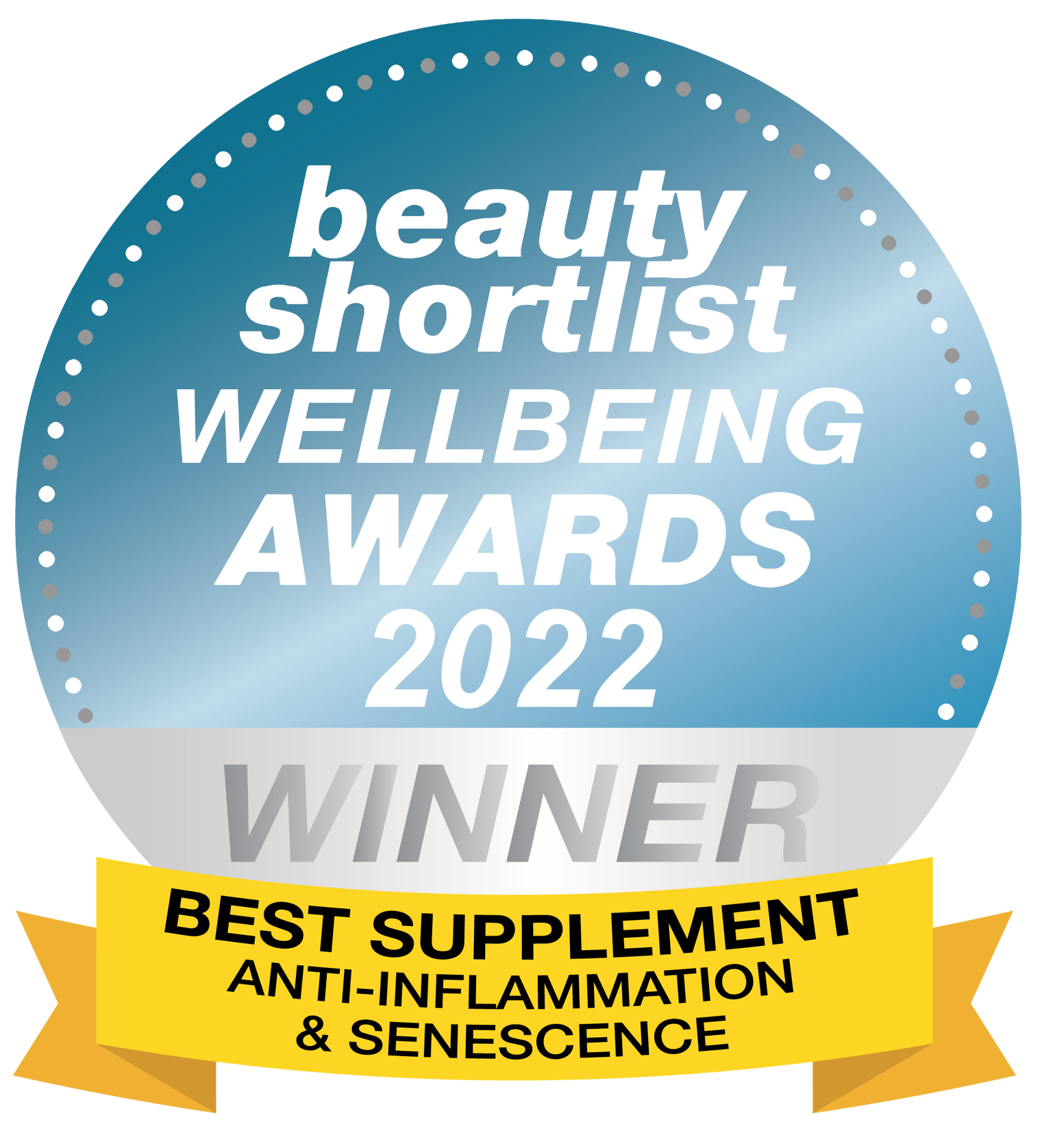TL;DR
Activated bamboo charcoal is a finely processed, highly porous carbon with a massive surface area that allows it to adsorb (bind onto its surface) a wide range of compounds in the gut. It’s most established for acute poisoning management in clinical settings (with important exclusions and timing rules), and commonly used in wellness for short-term support with gas, bloating, and as part of practitioner-guided detox plans. It may also reduce enterohepatic recirculation of certain metabolites. Use away from medicines and supplements, hydrate well, and consult a clinician if you have medical conditions, are pregnant, or take prescriptions.
Everyday exposures to be aware of
Beyond obvious pollutants, many homes and workplaces contain potential exposures:
- Mycotoxins from water-damaged buildings and mould.
- Plasticisers and bisphenols from food-contact plastics (e.g., BPA) that can migrate into food and drink.
- Combustion byproducts (traffic, cooking smoke), and indoor VOCs from paints, furniture, and cleaners.
- Metals such as lead in old plumbing/paint, or cadmium in smoke and some foods near industrial sites.
Not all exposures are avoidable; the goal is to reduce total burden and support your body’s own clearance systems.
How your body detoxifies (and why that matters)
Your body’s primary detoxification “hardware” includes the liver (biotransformation), gallbladder/bile (delivery to the gut), kidneys (urinary excretion), lungs (volatile exhalation), skin (sweat), and the colon (fecal elimination). Two points matter for binders:
- Phase II conjugation & glutathione: The body uses compounds like glutathione to make metabolites safer to excrete.
- Enterohepatic recirculation: Some substances dumped into bile can be reabsorbed in the intestine and return to the liver—unless they’re bound in the gut and escorted out.
Genetic variations (e.g., in GSTM1) and lifestyle factors (diet, sleep, stress, alcohol) influence how efficiently these systems work. Foundational support—protein, cruciferous vegetables, fibre, hydration, movement, sleep—comes first. Binders are a complement, not a replacement.
What are toxin binders?
Binders are substances taken orally that adsorb certain molecules in the gastrointestinal tract so they’re excreted in stool instead of being reabsorbed. In practice, quality detox protocols often use binders to:
- Reduce gut-derived gas and bloating by adsorbing troublesome byproducts.
- Interrupt enterohepatic recirculation for selected endogenous and exogenous compounds.
- Support comfort during mould or metal-oriented protocols supervised by a clinician.
Different binders have different affinities. Charcoal, clays, silica-based binders, and certain fibres are used for distinct targets; many protocols use combinations.
What is activated bamboo charcoal?
Activated bamboo charcoal is a highly porous, odourless black powder made by carbonising bamboo at high temperatures and then “activating” it to create an enormous internal surface area (often measured in hundreds to ~1,200 m² per gram). That surface is dotted with micro- and meso-pores that provide binding sites.
Activated is key: ordinary burnt material or briquettes are not substitutes for ingestible activated charcoal.
Why bamboo, and how it’s produced
Bamboo (e.g., Moso) grows rapidly in suitable climates and can be harvested sustainably. High-quality charcoal producers typically:
- Source mature bamboo and air-dry it for months.
- Carbonise it in kilns at ~800–1,000 °C using wood fuel (no petrochemicals).
- Activate it to open pores and maximise surface area.
- Mill and sieve to a fine, consistent powder suitable for ingestion.
Youth & Earth selects bamboo charcoal produced via traditional high-heat methods and third-party tested for purity.
How activated charcoal binds
Activated charcoal operates via adsorption (surface binding), not absorption into tissue. Weak intermolecular forces (e.g., Van der Waals) and pore structure allow it to sequester diverse molecules in the gut. This is why it’s used in:
- Water filtration (taste/odour removal and organic compound reduction).
- Clinical toxicology for certain acute ingestions (given as a slurry soon after exposure; not effective for all substances).
- Wellness protocols to bind GI byproducts or interrupt recirculation.
Important: Activated charcoal does not bind everything equally well and is not a chelator in the medical sense. For specific targets (e.g., some metals), specialised agents or fibres may be more appropriate under professional guidance.
Potential benefits & use cases
| Potential Benefit | What that means in practice | Notes |
|---|---|---|
| Gut comfort (gas, bloating) | May adsorb gas-forming byproducts and reduce bloating or cramping. | Often taken between meals or with trigger meals; hydrate well. |
| Support during detox protocols | Helps “catch” compounds routed into bile and limit reabsorption. | Best used as part of a structured plan (diet, fibre, bowel regularity). |
| Acute ingestion support (clinical use) | Hospital-administered charcoal can reduce absorption of certain toxins if given promptly. | Not for home treatment of poisoning—seek emergency care immediately. |
| Odour management | May reduce odour-related metabolites in some contexts. | Evidence is mixed; individual responses vary. |
On cholesterol & kidney markers: Small or older studies suggest activated charcoal may influence lipid profiles or nitrogenous waste in specific settings. Evidence is not robust or universal; do not self-treat chronic conditions. Always discuss with your clinician.
How to take activated bamboo charcoal
Timing & spacing
- Away from medications: Separate by at least 3–4 hours (charcoal can reduce drug absorption).
- Away from supplements: Separate by ~1–2 hours to avoid binding nutrients.
- Protocol use: Many take it between meals or at bedtime; for meal-triggered bloating, some use with the meal on practitioner advice.
Typical amounts
- General wellness use often ranges from 250–1,000 mg per serving, once or twice daily, for short blocks (e.g., a few days to a couple of weeks).
- For structured detox plans, your practitioner may tailor the dose, schedule, and binder mix to your goals and bowel regularity.
Hydration & fibre
- Hydrate generously: Aim for at least one full glass of water with each serving.
- Prioritise fibre: Vegetables, legumes, chia/flax, or a fibre supplement can help maintain regularity and move bound material out.
Quality matters: Choose third-party tested products that verify absence of heavy metals and microbial contaminants, and clearly state serving size. Youth & Earth activated bamboo charcoal is formulated and tested to meet these standards.
Safety, interactions & who should avoid
- Common effects: Temporary dark stools are expected. Without adequate water and fibre, some experience constipation.
- Medication timing: Charcoal can reduce absorption of many medicines (e.g., thyroid meds, antidepressants, antibiotics, cardiac drugs). Keep a wide time gap and ask your prescriber about compatibility.
- Medical conditions: Avoid or use only with medical advice if you have GI motility disorders, bowel obstruction risk, significant constipation, bleeding, recent GI surgery, or a rare porphyria (e.g., variegate porphyria).
- Pregnancy & lactation: Safety data are limited; consult your healthcare provider first.
- Not a chelator: For suspected heavy metal issues, work with a qualified clinician for appropriate testing and evidence-based treatments.
FAQ
Does activated bamboo charcoal remove “everything,” including nutrients?
No. Charcoal has broad but not universal binding affinity. It can bind some nutrients if taken together, which is why you should separate it from meals, supplements, and medicines unless your practitioner advises otherwise.
Can I use it daily long-term?
Most wellness uses are short-term or intermittent. Long-term daily use is not generally recommended without professional guidance, given potential interactions and the importance of not over-restricting nutrient absorption.
Is bamboo better than coconut or hardwood charcoal?
The key is activation quality, purity, and particle size, not just the source. Bamboo is renewable and can produce excellent porosity. Choose a trusted, tested brand.
Will it help with mould/mycotoxins?
Binders are commonly included in practitioner-guided mould protocols to reduce reabsorption of certain metabolites. Because affinities differ, many protocols combine binders (e.g., charcoal with clay or silica-based binders). Work with a clinician for testing and a comprehensive plan.
What about “biofilms” in the gut?
Some protocols target microbial biofilms with diet, enzymes, and antimicrobials, then use binders to help escort released byproducts out. This should be supervised to avoid symptom flares and ensure bowel regularity.
Important note
Poisoning or overdose is a medical emergency. Do not attempt to self-treat. Activated charcoal is sometimes used in hospitals for selected cases with strict timing and exclusions (e.g., not for caustics, alcohols, or hydrocarbons). Call emergency services immediately.
Youth & Earth perspective: We see activated bamboo charcoal as a practical tool—most helpful when foundations are in place (whole-food diet, fibre, hydration, movement, sleep) and when timing and spacing are respected. It can complement longevity and healthy-ageing routines by supporting gut comfort and targeted detox strategies under qualified guidance.






